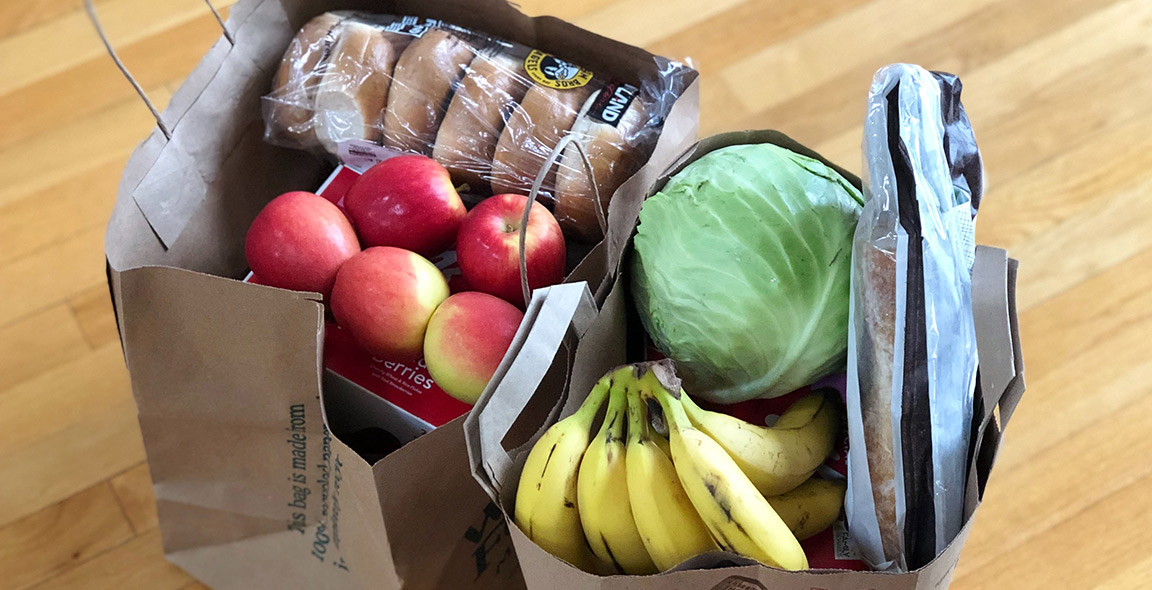
Improving access to healthy, affordable foods can help prevent and reduce obesity among children and families. Yet many families do not have access to healthy affordable foods in their neighborhoods and communities. Food access is also an important component of food security, which is having consistent access to enough nutritious food for a healthy active life. In 2018, an estimated 1 in 9 Americans were food insecure, including more than 11 million children.
During the COVID-19 pandemic, this number rose to the highest levels ever documented in the U.S. at 38%, with nearly 1 in 2 households with children impacted. Research in this area focuses on increasing access to healthy affordable foods through grocery stores, corner stores, restaurants, mobile food vendors, farmers’ markets, and other food outlets in low-access areas including lower-income communities in urban and rural areas.
Research & Publications See all
November 2025
The implications of banning synthetic food dyes on the food purchase quality of families with children
This study examines how removing synthetic dyes from the food supply impacts the nutritional quality of grocery purchases among families with children, focusing on the 7 dyes targeted by FDA for phase-out by the end of 2026 (some of which are required (i.e., red dye #3), while the removal of others are voluntary). Aim 1 More
November 2025
Measuring the impact of charitable food program cuts on the nutritional quality of foods
This study examines how sudden cuts to USDA programs supporting the charitable food system (i.e., The Emergency Food Assistance Program (TEFAP) and the Local Food Purchase Assistance Cooperative Agreement (LFPA)) affect the supply of healthy food available for distribution by food banks. Existing data from 15 food banks will be analyzed, and additional data will More
November 2025
Unveiling the Layers of Stigma Related to Utilization of Food Assistance and Free Food Programs
This study conducted a comprehensive literature review to understand the dimensions of stigma associated with both government food program utilization (i.e., SNAP, WIC) and non-profit administered free food programs (i.e., emergency food programs such as food banks, pantries, and cupboards) and to examine the effectiveness of existing stigma reduction interventions in the context of food More
November 2025
Building a National Research Agenda
The Robert Wood Johnson Foundation’s (RWJF) commitment to child obesity ends in December 2025, marking the conclusion of a two-decade investment in Healthy Eating Research (HER). As part of our RWJF legacy, HER is developing a national research agenda for policy, systems, and environmental (PSE) interventions and strategies to promote food and nutrition security, optimal More